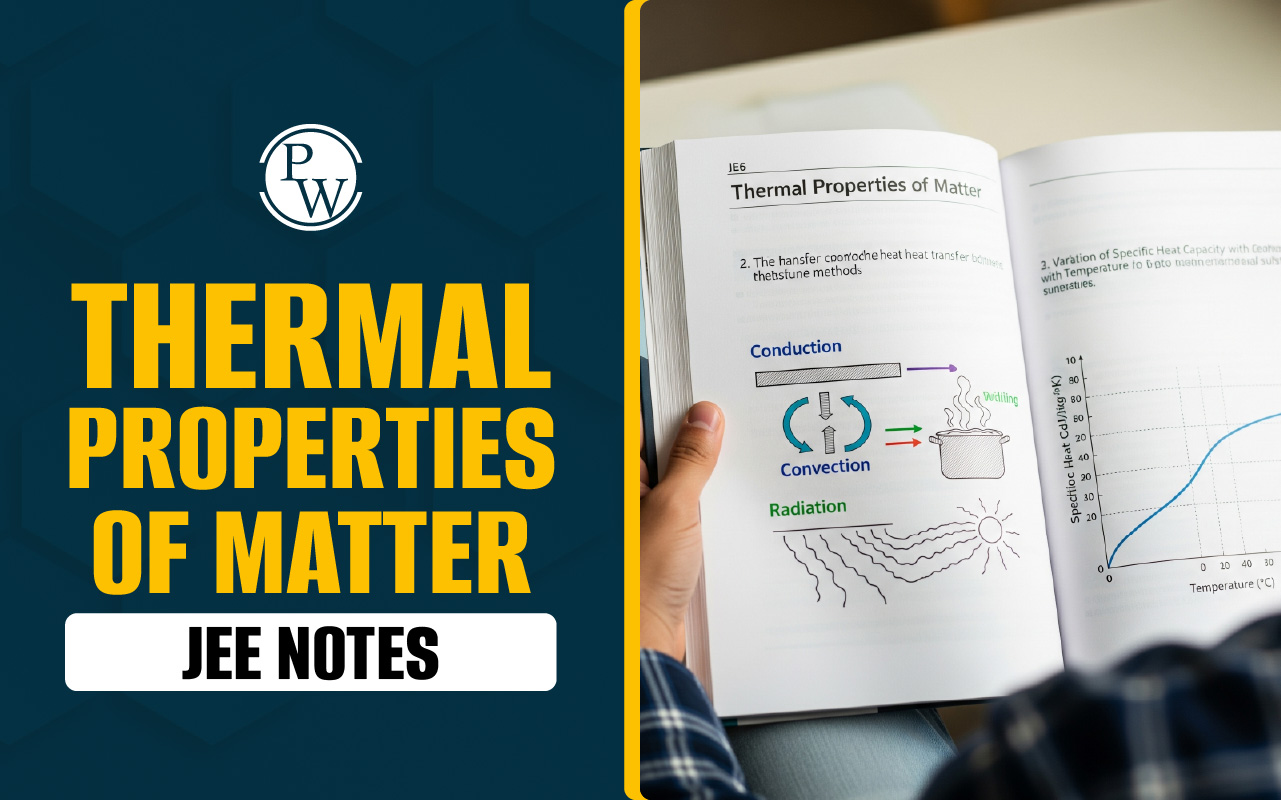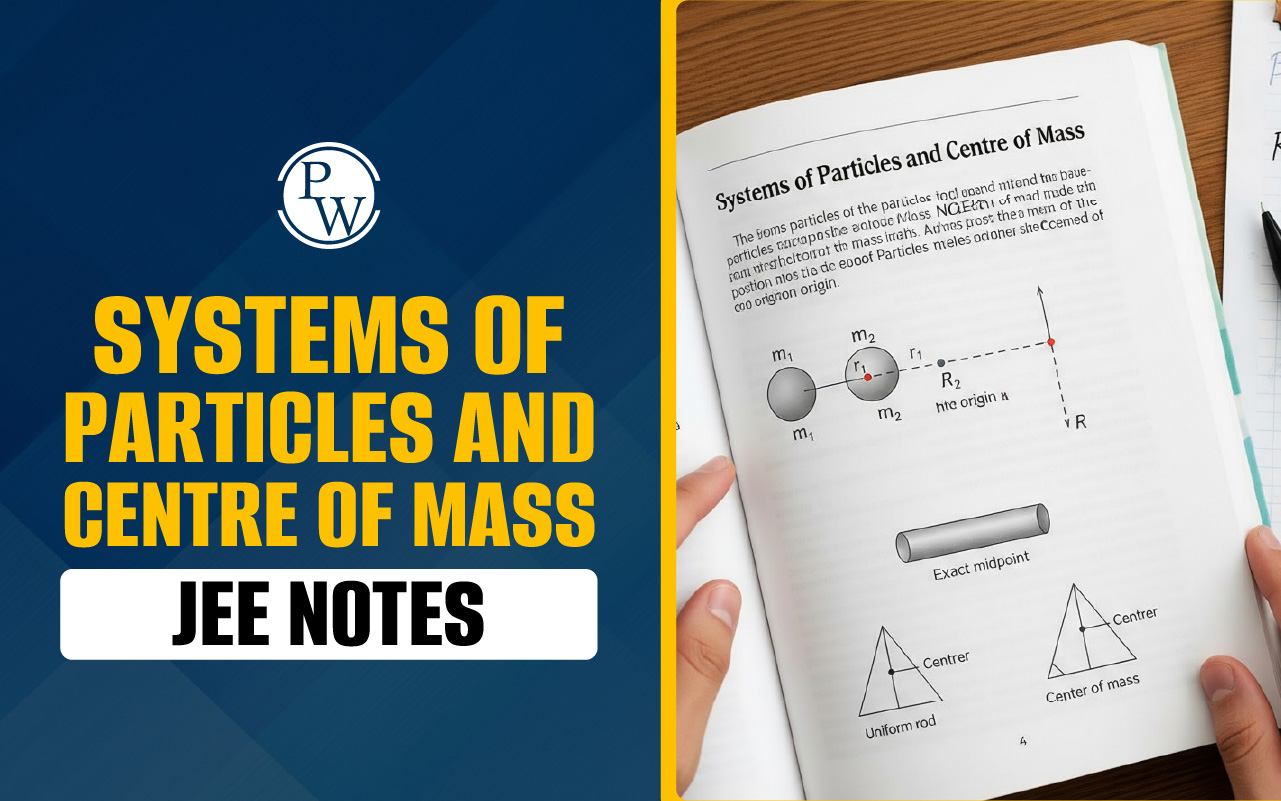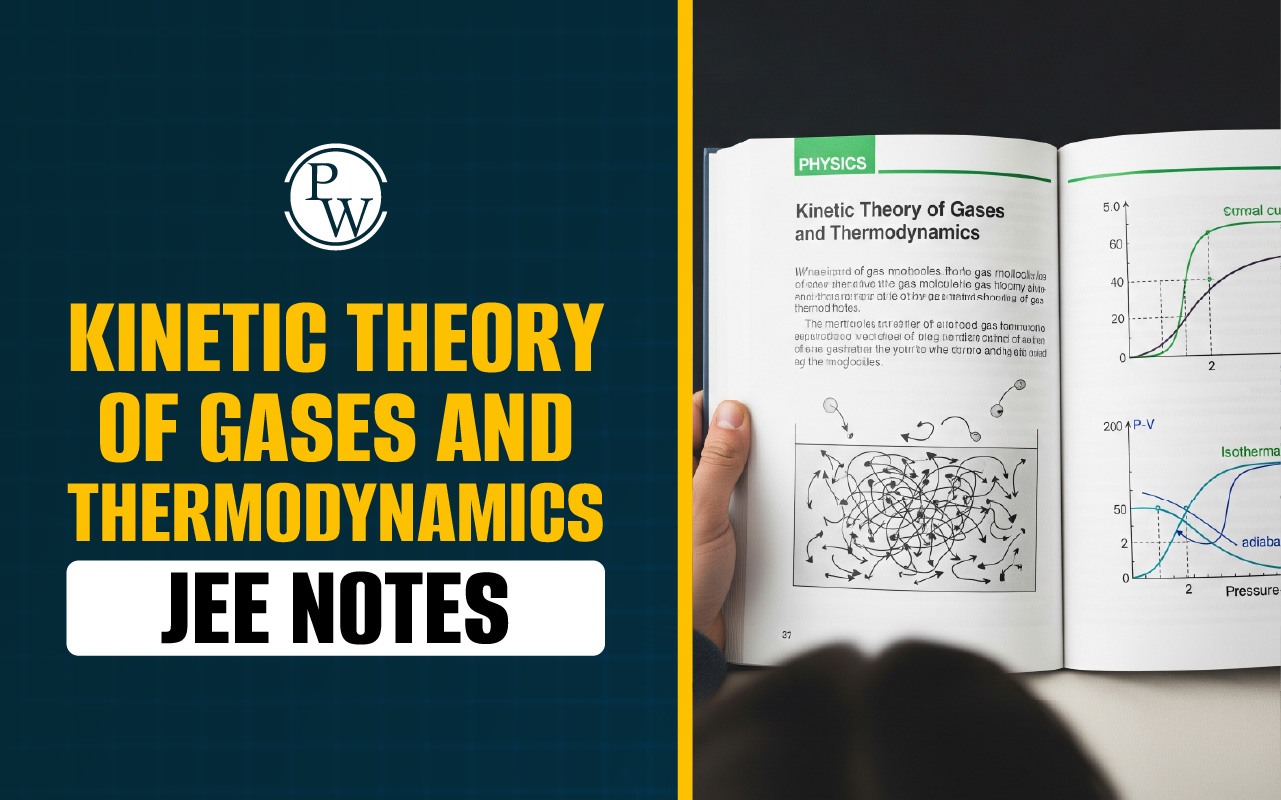

Alcohols, Phenols, and Ether JEE Notes: These are key functional groups in organic chemistry, frequently tested in JEE exams. Alcohols contain hydroxyl (-OH) groups, phenols have -OH attached to aromatic rings, and ethers feature an oxygen atom linked to two alkyl or aryl groups. These compounds exhibit distinct physical and chemical properties such as hydrogen bonding, acidity, and substitution reactions.
These notes help students perform better in their exams by helping them learn all the important formulas and reactions. Important reactions include oxidation, dehydration, Williamson Ether Synthesis, Kolbe’s, and Reimer–Tiemann reactions. Preparing these Alcohols, Phenols, and Ether JEE Notes helps students understand mechanisms, guess products, and strengthen problem-solving skills important for scoring high in JEE Main and Advanced.
Alcohols, Phenols, and Ether JEE Notes PDF
Download the Alcohols, Phenols, and Ether JEE Notes PDF provided below for quick and effective revision. These JEE notes are made to simplify key reactions, preparation methods, and mechanisms for JEE students.
With clear explanations and organized concepts, the PDF helps students strengthen their understanding of important topics like oxidation, dehydration, and ether synthesis. Use Alcohols, Phenols, and Ether formulas JEE for better practice, faster recall, and last-minute preparation before JEE Main and Advanced exams.
Alcohols, Phenols, and Ether JEE Notes PDF
Alcohols, Phenols, and Ether Important Questions JEE
Check below for the Practice Questions from Alcohols, Phenols, and Ether JEE Notes made to strengthen your understanding of key reactions and mechanisms.
These Alcohols, Phenols, and Ether solved examples JEE help students apply theoretical concepts, test problem-solving skills, and prepare effectively for both JEE Main and Advanced examinations through practical, exam-oriented practice.
1. How can ethanol be prepared from ethene? Give a reason with a reaction.
Answer: By acid-catalyzed hydration of ethene using concentrated H₂SO₄ followed by hydrolysis:
CH₂=CH₂ + H₂O → CH₃CH₂OH.
2. What is the product when phenol reacts with bromine water?
Answer: 2,4,6-tribromophenol is formed as a white precipitate.
3. What happens when phenol reacts with chloroform and NaOH?
Answer: Salicylaldehyde is formed — this is the Reimer–Tiemann reaction.
4. Write the IUPAC name of CH₃–CH₂–O–CH₂–CH₃.
Answer: Ethoxyethane (common name: diethyl ether).
5. What is formed when ethanol is oxidized with acidified potassium dichromate?
Answer: Ethanol oxidizes to ethanal, and further oxidation gives ethanoic acid.
6. What is the mechanism involved in the Williamson Ether Synthesis?
Answer: The reaction proceeds via an SN2 mechanism between an alkoxide ion and an alkyl halide.
7. Why do alcohols have higher boiling points than ethers and alkanes of comparable molecular masses?
Answer: Due to intermolecular hydrogen bonding among alcohol molecules.
8. What is the product formed when phenol reacts with dilute nitric acid?
Answer: A mixture of o-nitrophenol and p-nitrophenol is formed.
9. Write the reaction of dehydration of ethanol.
Answer: CH₃CH₂OH → CH₂=CH₂ + H₂O (in presence of concentrated H₂SO₄ and heat).
10. Which compound is more acidic — ethanol or phenol? Why?
Answer: Phenol is more acidic because the phenoxide ion formed after losing a proton is resonance-stabilized, unlike the alkoxide ion from ethanol.
Benefits of Using Alcohols, Phenols, and Ether JEE Notes
Check below to know the benefits of using Alcohols, Phenols, and Ether JEE Notes for your preparation. These JEE notes help simplify complex mechanisms, improve conceptual understanding, and save valuable revision time.
They provide all key reactions, formulas, and properties in one place, making them ideal for quick and effective JEE revision:
1. Simplifies Difficult JEE Concepts
These JEE notes make it easier to understand complex reaction mechanisms such as oxidation, dehydration, and substitution. By presenting each step in a simplified manner, students can focus on the logic behind reactions rather than only on the learning part.
2. Saves Time During Revision
The JEE main notes for Alcohols, Phenols, and Ethers include all key reactions, mechanisms, and properties in a clear format. This allows students to revise faster and avoid the need to refer to lengthy chapters, making them best for last-minute JEE exam preparation.
3. Improves Conceptual Understanding for JEE Exam
Topics such as the acidity of phenols, hydrogen bonding in alcohols, and preparation of ethers are clearly explained with examples. JEE main notes for Alcohols, Phenols, and Ether enhance conceptual clarity and help in answering mechanism-based and theoretical questions confidently.
4. Helps in a Better Understanding of the Concepts
Well-structured and clearly made JEE main notes for Alcohols, Phenols, and Ether make it easier to retain information. Students can quickly recall reagents, products, and reaction conditions during problem-solving and JEE exam practice. Also, do not keep anything as doubt, ask your teachers or peer group.
5. Covers Important JEE Reactions in One Place
All high-weightage reactions, such as Williamson Ether Synthesis, Kolbe’s Reaction, and Reimer–Tiemann Reaction, are included. This makes sure that students focus on frequently asked topics from the JEE syllabus.
6. Enhances Problem-Solving Skills
With examples and clear explanations, the JEE main notes for Alcohols, Phenols, and Ether help students understand how to apply reactions and mechanisms in numerical and reasoning-based questions, improving accuracy and confidence in exams.
Alcohols, Phenols, and Ether JEE Notes FAQs
What are Alcohols, Phenols, and Ethers?
Why are Alcohols, Phenols, and ethers important for JEE?
Where can I download Alcohols, Phenols, and Ether JEE Notes PDF?
. Which reactions are most important in this chapter for JEE?













